[コンプリート!] japanese maple leaf 293022-Japanese maple leaf disease
PurpleLeaf Japanese Maple is an open deciduous tree with a more or less rounded form Its relatively fine texture sets it apart from other landscape plants with less refined foliage This is a relatively low maintenance tree, and should only be pruned in summer after the leaves have fully developed, as it may 'bleed' sap if pruned in late A goodsize Japanese maple tree with multiseason appeal, 'Sangokaku' (commonly called coral bark maple) features green leaves that turn brilliant yellow in fall After the leaves drop, the tree's bark takes center stage with its bright coralred color This colorful maple tree is a sure way to add winter interest to your landscape Maples NOT for Florida The nonnative Japanese maple (Acer palmatum) will grow in some northern parts of Florida, but cannot be reliably grown throughout the state It is important to remember to plant the right plant in the right place Growing Japanese maple farther south can result in these trees experiencing leaf scorch

Illustration Of Fallen Leaves Of Japanese Maple Stock Illustration Download Image Now Istock
Japanese maple leaf disease
Japanese maple leaf disease-A Japanese maple will grow the size container it is put in A small container will dwarf the size of the tree from the size the tree would naturally be in the landscape Dwarf Japanese maples are often used in containers because they get fairly close to fullsize in most containers The best tip for container growing is a welldrained potThis captivating dwarf Japanese maple is a classic green laceleaf variety Lacey foliage & strongly cascading branches form an elegant domeshaped specimen over time Has a light green color in spring & In autumn the leaves turn bright orange with golden yellow undertones &
:max_bytes(150000):strip_icc()/why-japanese-maple-have-green-leaves-3971250-10-1568a3960cc741c496cee8ca2f538789.jpg)



Why Some Red Japanese Maples Have Green Leaves
Palmatum means "handlike" and refers to the shape of the leaves Common Name Japanese mapleJapanese maples are prized for their incredible assortment of leaf shapes and colors The varieties listed below are some of our favorites we regularly produce and have available most years Acer sieboldianum 'Kumoi nishiki' Japanese maple trees are susceptible to diseases such as anthracnose, verticillium wilt, tar spot, leaf spot, leaf scorch and root rot Some of these diseases are potentially deadly, while others are usually harmless and merely cosmetic Verticillium wilt is one of the most dangerous Japanese maple diseases
Japanese Maples Not Leafing Out Trees not leafing out when they're supposed to will almost certainly cause alarm in homeowners When this happens to trees prized for their foliage, like Japanese maples, it can be especially heart wrenching If winter has come and gone, you look to your Japanese maples to start producing their beautiful leaves If, instead, you see no leaves on Japanese maplesCoral Bark Japanese Maple Acer palmatum 'Sango Kaku' 3 Year Live Plant Brilliant Red Bark is Bright Red, Year Round Beauty With a Spectacular Range of Leaf Colors 38 out of 5 stars 276 $3797 $ 37 97 $4495 $4495 Japanese maples grow wild across the hills of Japan, Korea and into Mongolia and Russia too As a wild tree it grows 35 feet tall, occasionally more, and usually has several trunks, rather than a single central trunk The bark is smooth and gray on older limbs, but green, red or sometimes pink on younger shoots
Large red palmate leaves hold their color well into summer before greening up in August 'Bloodgood' is the best known of the many available Japanese maples This is dependable, graceful, and vigorous Its carmine red samaras (seed pods) add a striking contrast to the deep bronzered of late summer leavesIrregular browning of leaf edges, especially those on the west side of the plant Tattered or torn leaves Cause Excessive wind and/or inconsistent irrigation Treatment Place maples in a protected location Provide windbreaks with structures Japanese maple leaves Browned, curled leaves on this Japanese maple are a sign the tree may be infected with Verticillium wilt disease (Submitted photo)




Red Leaf Japanese Maple Green Thumbs Garden
:max_bytes(150000):strip_icc()/why-japanese-maple-have-green-leaves-3971250-10-1568a3960cc741c496cee8ca2f538789.jpg)



Why Some Red Japanese Maples Have Green Leaves
'Seiryu' or Laceleaf Japanese maple is the only dissected form of Japanese maple that has an upright habit, growing 10 to 15 feet high and 8 to 12 feet wide It is very ornamental with leaves being redtipped in spring then gold in fall It prefers wellSelecting the proper Japanese maple tree for your garden or landscape depends on 5 factors hardiness, location (sun or shade), mature size, type (lace leaf or palmatum) and preferred leaf color Tip 1 Choose a variety that is rated to be cold hardy in your zone If you are planting it in a pot or container above ground, choose a variety thatJapanese maple trees can provide a striking focal point, be the perfect plant to set off a large container, or grow into an impressive bonsai specimen There are hundreds of Japanese maple varieties that come in various sizes with a large assortment of leaf



Japanese Maple Acer Palmatum Ozakazuki




Japanese Red Maple Tree On The Tree Guide At Arborday Org
117,334 japanese maple leaf stock photos, vectors, and illustrations are available royaltyfree See japanese maple leaf stock video clips of 1,174 autumn chinese branch japanese maple branch japanese maple japanese maple leaf isolated maple japanese asian inspired design red japanese maple leaves redwood tree leaf japanese maple vector blueAsian Ambrosia Beetles Japanese maples are among the more common hosts of the granulate ambrosia beetle (Xylosandrus crassiusculus), with other hosts including styrax, ornamental cherry (especially Yoshino), pecan, peach, plum, dogwood, persimmon, sweetgum, magnolia, fig, Chinese elm, and azalea This pest is attracted not only to damaged, stressed, or transplanted trees butThe Ribbonleaf Japanese Maple is an outstanding variety of this diverse group of remarkable trees, notable for the extremely long and narrow lobes on the leaves The leaves are also a rich purplered color, changing to brilliant reds and oranges in the fall The tree has an upright form, contrasting with the descending form of the leaves




Kaede The Japanese Maple Tree Dengarden
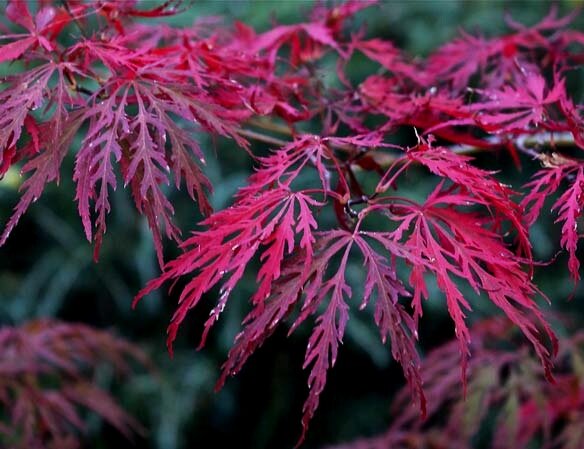



Lace Leaf Japanese Maples Sunnyside Nursery
The Japanese maple is susceptible to bacterial leaf scorch, which causes foliage to turn yellow and eventually brown Over time, the entire tree can succumb to the diseaseAll Japanese maples can be used for container or bonsai However, some varieties are much better suited then others 1 AmoenumLeaves divided up to twothirds to the leaf base 2 PalmateLeaves divided twothirds to threefourths to the leaf base 3 MatsumuraeLeaves divided more than threefourths to the leaf base 4Japanese maples (also known as acers) ' Acer palmatum ' are small trees that thrive in well draining soil rich in organic matter, partial shade and when protected from wind A dying Japanese maple is often because of fungal diseases pathogens that thrive in overly damp soils Saturated soil promotes the conditions for root rot which cause dying Japanese maples



1




Acer Palmatum Atropurpureum Japanese Maple Gardenersdream
Japanese Maple Leaf 3 Comments Proper identification of a Japanese maple leaf can be quiet difficult due to its similarities with other forms of maple trees and a few other plants The following article will explain some of the key characteristics of a Japanese maple leaf and some of the concerns that may lead to a Japanese maple leaf growingJapanesemaplenet is a family owned Japanese maple nursery, that has been grafting, growing, and shipping Japanese maples since 1993 This is a great place to buy Japanese maples online and we have 25 years of shipping experience We have over 100 varieties where you can buy a grafted Japanese maple and also Japanese maple seedlingsWe love Japanese maples for their elegant shape and spectacular color But just like with all our trees, we don't like when their glow is dimmed by leaf problems When one of our readers saw her Japanese maple's leaves rapidly turning brown, she reached out for advice, asking if fertilizer or water could help
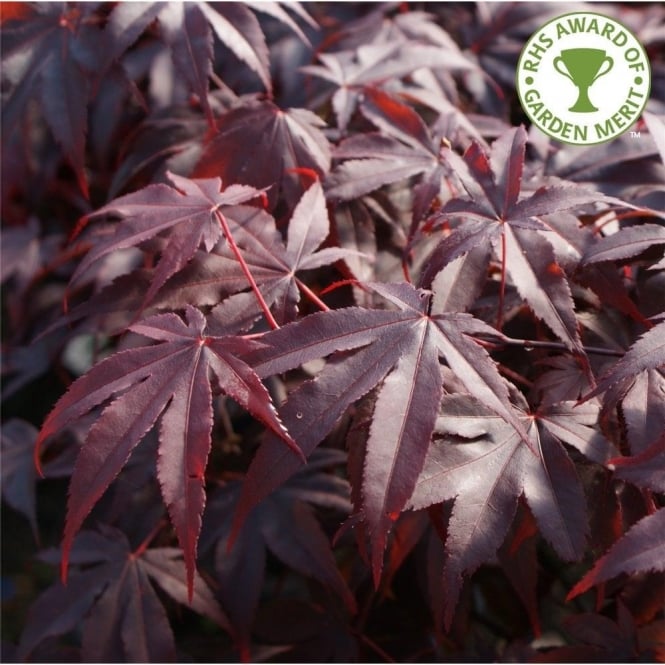



Acer Palmatum Bloodgood Bloodgood Japanese Maple Trees For Sale




How To Avoid Frazzled Leaves On Japanese Maple Which Gardening Helpdesk
Pick a leaf from the tree and count the lobes Japanese maples in the palmate group such as Fireglow have leaf lobes that are divided at a deep angle and split nearly 3/4 of the way to the leaf base Observe the appearance of the leaves Variegated varieties of Japanese maple such as Butterfly have striped leavesRed Japanese maple leaves 2" 4", pressed dried leaves, craft material, table decoration, scrapbooking # 43 NatureArtCreationsLP 5 out of 5 stars (4)Select a Category below to view Japanese Maple varieties by height, leaf color, type and USDA Zones Find Your Zone Japanese Maples Under 5' Mature Height Japanese Maples




Impressionist Japanese Maple Leaf Photograph By Kathy Clark
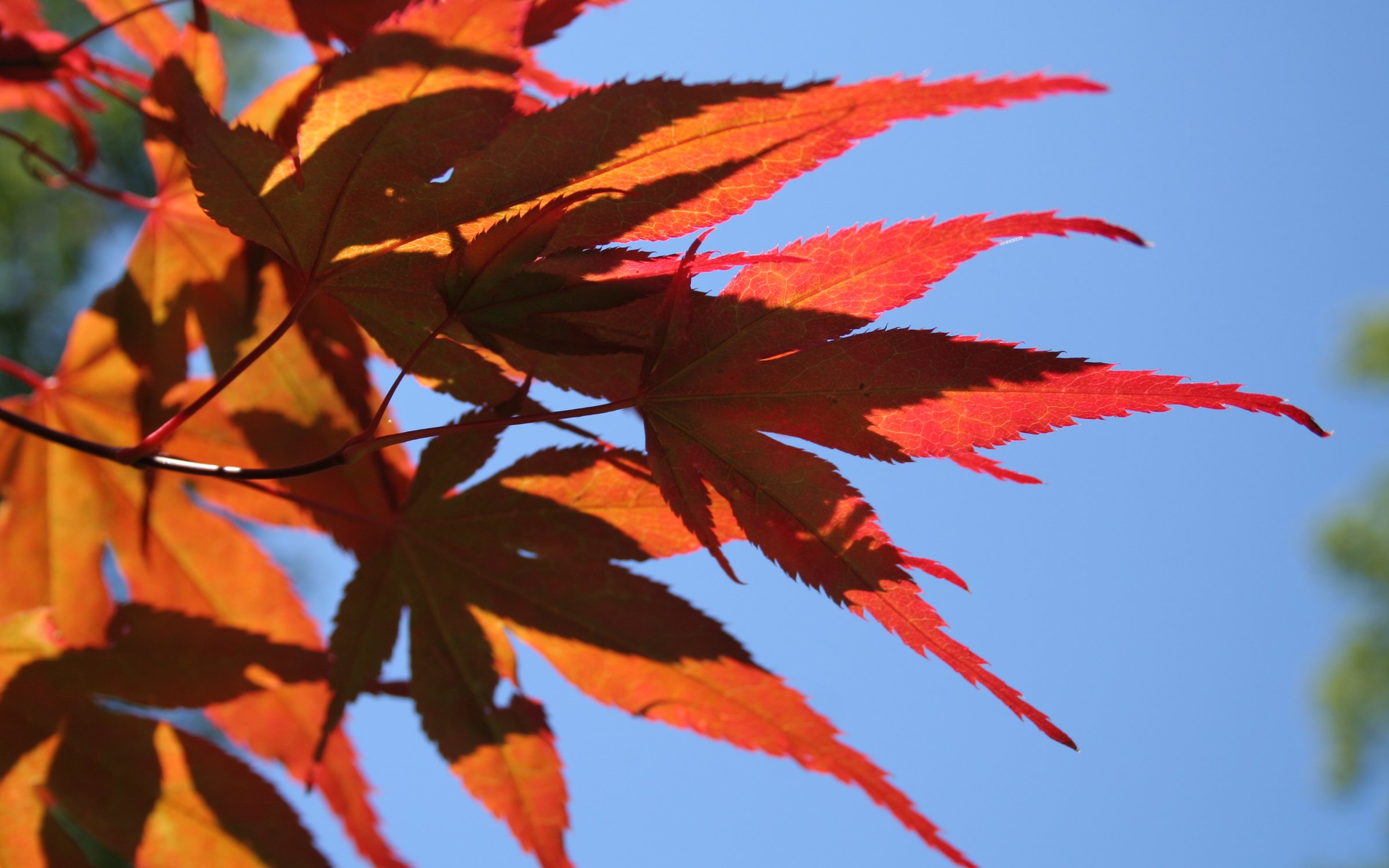



National Collections At Westonbirt Forestry England
If your Japanese Maple has leaf scorch, but the tree is still alive, there's most likely nothing to be too worried about It could just be a temporary problem due to heat and sun stress from a long and hot summer Japanese Maples usually recover fine from this but won't put out new foliage until the following springLeaf curl is identifiable on newly sprouting Japanese maple leaves and twigs in the spring Small red areas appear on the emerging leaves, which then become thick andJapanese red maple in the cultivar group atropurpureum is a versatile, ornamental, hardy small tree or multistemmed shrub The deeply lobed 579 leaves are red or reddishpurple in spring and again in fall In between, color varies from remaining red all summer to sometimes fading slightly with maturity or summer heat and even turning green




How To Plant And Care For Japanese Maples Wayside Gardens




Japanese Maple Leaves Wall Sticker Tenstickers
Japanese maple trees are often understory trees in their native habitats Overexposure to sun can result in brown leaves, a phenomenon also known as "leaf scorch" A hot summer can leave even established specimens that are too exposed to sun with brown leaves, especially if other debilitating factors are presentSumo 8,213 Japanese Maple Leaf Premium High Res Photos Browse 8,213 japanese maple leaf stock photos and images available, or search for japanese leaf or sumo to find more great stock photos and pictures fullsize photo of maple autumn mpx japanese maple leaf stock pictures, royaltyfree photos & images Orangeola Japanese Maple The Orangeola Japanese Maple is a weeping maple with amazing orange to red color Its compact size of 6 to 8 feet tall and wide at maturity fits just about anywhere This is a perfect lace leaf maple for pots The heat tolerant Orangeola is one of the best choices for warmer climates




Acer Japanese Maple Paddock Plants Buy Online Uk




Classic Specimen Japanese Maple Acer Bonsai Tree
Darker areas of brown and black become visible on the surface of the leaves Leaf scorch is caused by a bacteriumlike pathogen that is spread by leaf hoppers Leaf scorch lesions will be the first symptom to appear, followed by diminished health and a loss ofAcer palmatum, commonly known as Japanese maple, palmate maple, or smooth Japanese maple (Japanese irohamomiji, イロハモミジ, or momiji, (栴), is a species of woody plant native to Japan, Korea, China, eastern Mongolia, and southeast Russia Many different cultivars of this maple have been selected and they are grown worldwide for their large variety of attractive forms, leafJapanese maple tees for Sale!
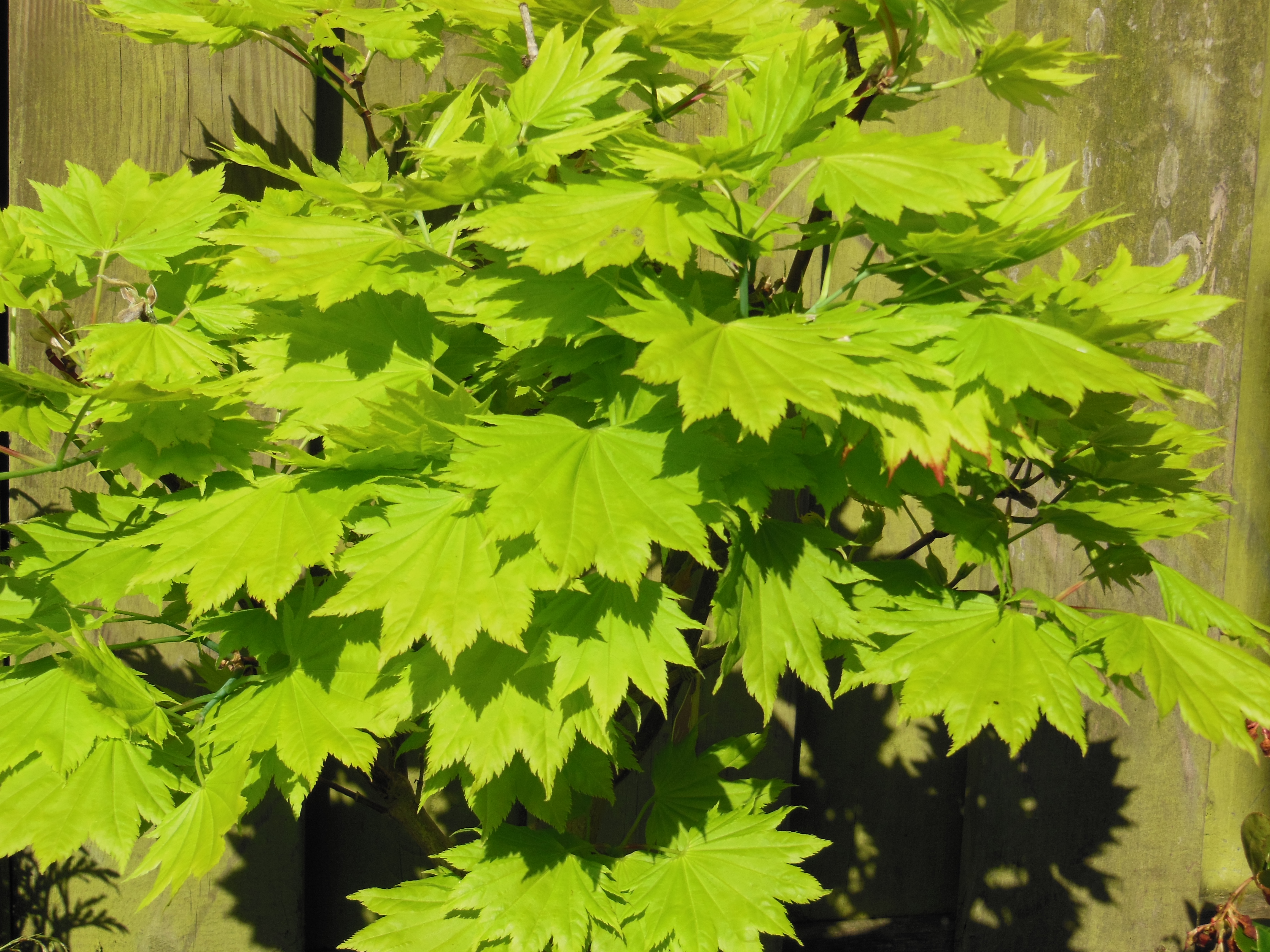



Golden Japanese Maple Acer Japonicum Aureum Tree Nursery Uk



1
Leaf scorch is a disease on Japanese maple trees that causes leaves to appear burned;Finally, Japanese red maples do not tolerate direct sunlight exposure, so leaf wilting could result from overexposure to sun Adjust watering, mulching, shading and other care practices and monitor the tree to see if it returns to normal health Japanese maples have stunning foliage in the fall when their leaves turn yellow, bronze, or deep red color Japanese maple trees thrive in full sun to partial shade and grow in USDA zones 5 – 9 Maple tree leaves Japanese maple trees have palmately lobed leaves with five to nine serrated lobes The leaves of the Japanese maple tree look like a hand with outstretched



Japanese Maples Folklore From Pond And Garden Nursery
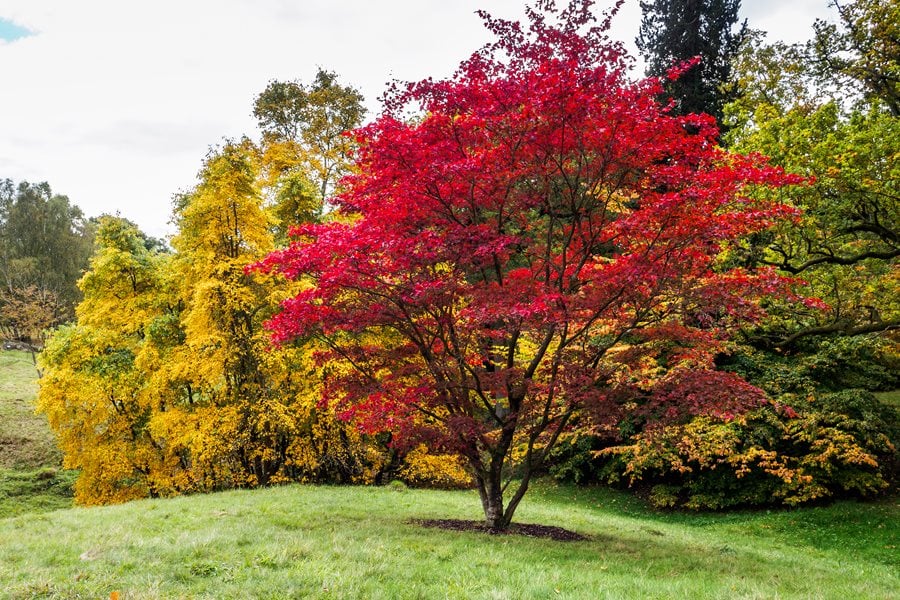



Japanese Maples How To Plant Care And Prune Garden Design
Japanese maple is one of the most versatile trees for any yard, patio, or garden Often grown for its unique 7palmed green or red colored leaf, the mapleThe Japanese maple is a short tree in the Sapindaceae (maple) family, native to southeast Korea and central and south Japan, and noted for having many aesthetically pleasing forms Weeping as well as upright varieties exist, and the species is well noted for its beautiful deep red and orange summer color that deepens into the fallJapanese maple, Acer palmatum Scientific Name Acer is Latin for "sharp" and may also be from the Celtic ac, which means "hard" in reference to the wood;




Acer Palmatum Atropurpureum Purple Japanese Maples For Sale
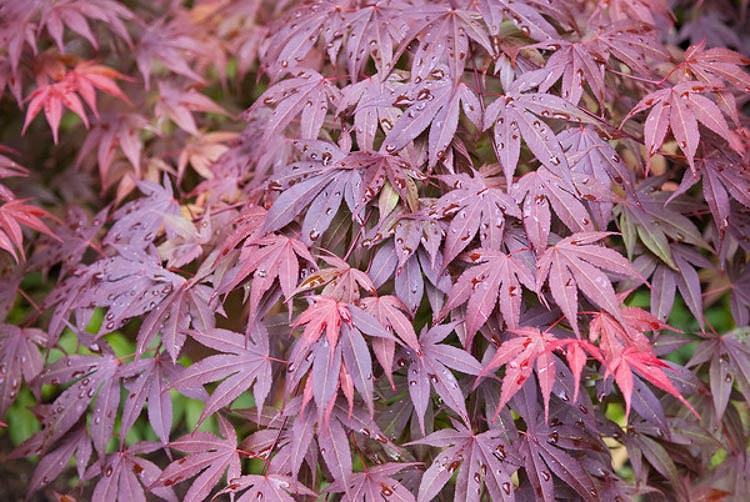



Acer Palmatum Shaina Japanese Maple
Japanese maple scientifically known as Acer palmatum is a member of the Aceraceae family native to Japan, North Korea, South Korea, China, eastern Mongolia, and southeast Russia Apart from Japanese maple it is also known as Japanese maple, Smooth Japanese maple, Blood leaf Japanese maple, Green Japanese Maple, palmate maple It is a deciduous Japanese maple leaves can be spotted and the veins within the leaves can be blackened This pathogen can cause die back of small branches As a collector of Japanese maples for many years I've seen little to no evidence of this on any of my plants Or at least I haven't noticed Verticillium WiltCoral Bark Japanese Maple Acer palmatum 'Sango Kaku' 3 Year Live Plant Brilliant Red Bark is Bright Red, Year Round Beauty With a Spectacular Range of Leaf Colors 38 out of 5 stars 277 $3797 $ 37 97 $4495 $4495




Japanese Maple Leaf By Muffet1 On Deviantart Maple Leaf Pictures Maple Leaf Images Leaf Images
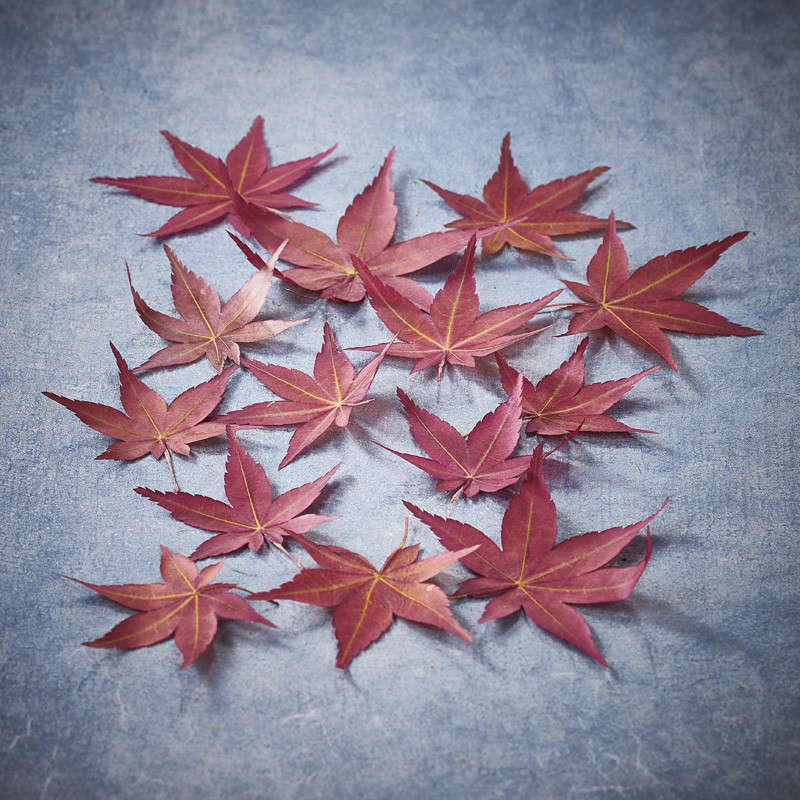



Dried Japanese Maple Leaves Momiji
Dwarf Japanese maple leaves 'Shaina' dwarf Japanese maple leaves are palmate and dark maroon, changing to bright red in the fall Each leaf has fivepointed leaflets, and the leaf measures 2" to 5" (5 – 12 cm) long Laceleaf Japanese Maple 'Garnet' (Acer palmatum var dissectum 'Garnet') A Japanese maple is a great decorative element in the garden With a compact size, interesting foliage, and beautiful colors, it can really anchor a space and add a lot of visual interest If you're seeing spots on Japanese maple leaves, though, you may be worried for your treeJapanese maple is grown for its green or red colored leaves, interesting growth habit and fine leaf texture Fall color ranges from bright yellow through orange and red, and is often striking, even on trees grown in total shade Growth habit varies widely depending on cultivar from globose, branching to the ground to upright, vaseshaped



1




Japanese Maple Tree All You Need To Know Court Farm




A Coral Bark Japanese Maple Leaf Sango Kaku Acer Palmatum Poster Pixers We Live To Change
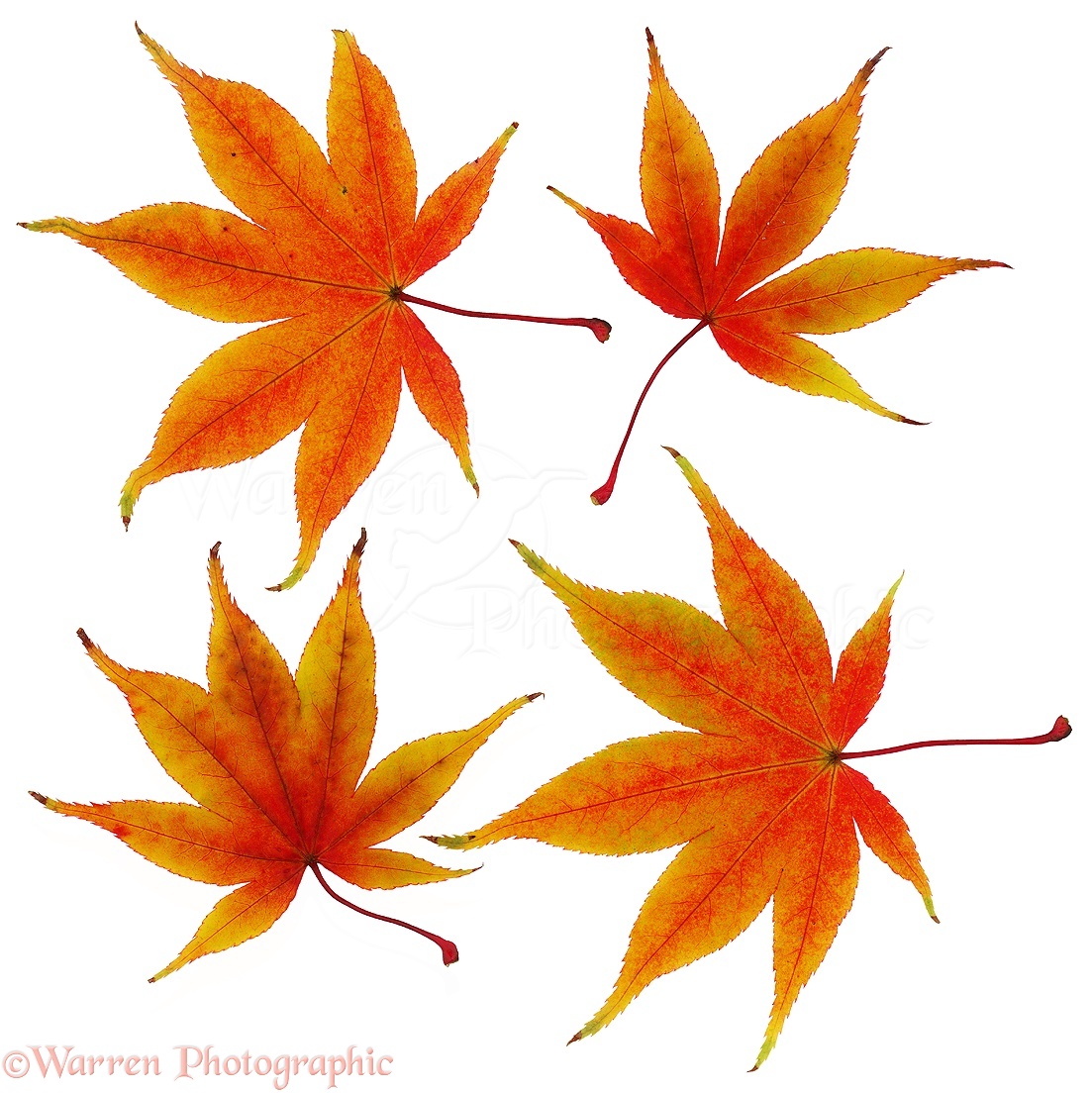



Japanese Maple Leaves Photo Wp




Japanese Maple Leaf Japanese Maple Leaves At Grapevine Bot Flickr
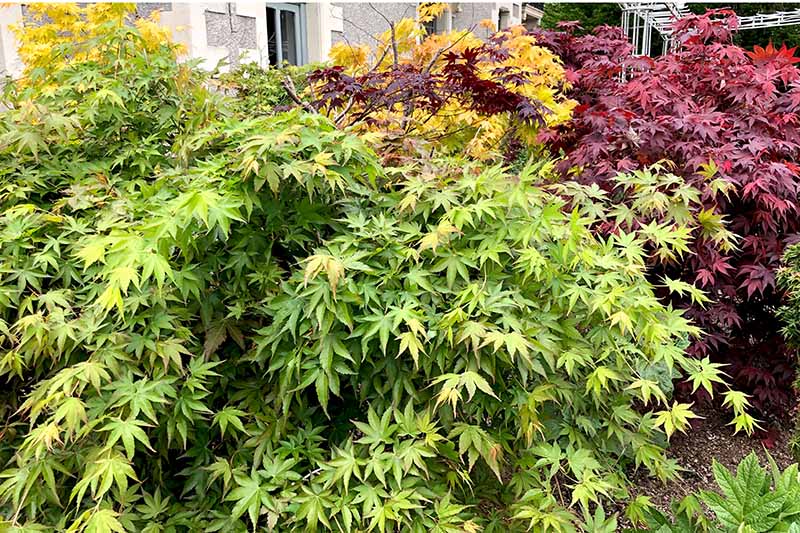



A Guide To Different Japanese Maple Types Gardener S Path
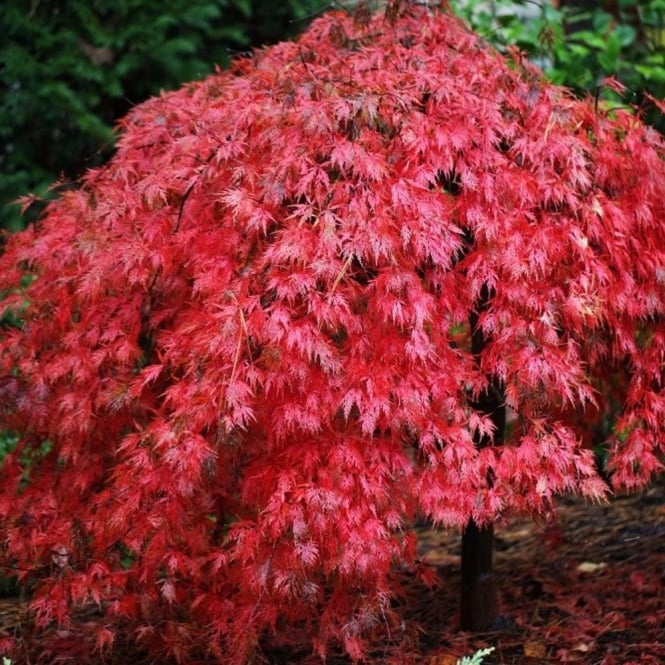



Acer Palmatum Dissectum Ever Red Dwarf Red Japanese Maples




How To Care For A Japanese Maple Tree Howstuffworks
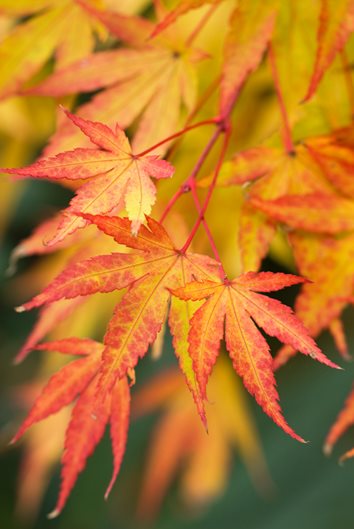



Japanese Maples How To Plant Care And Prune Garden Design
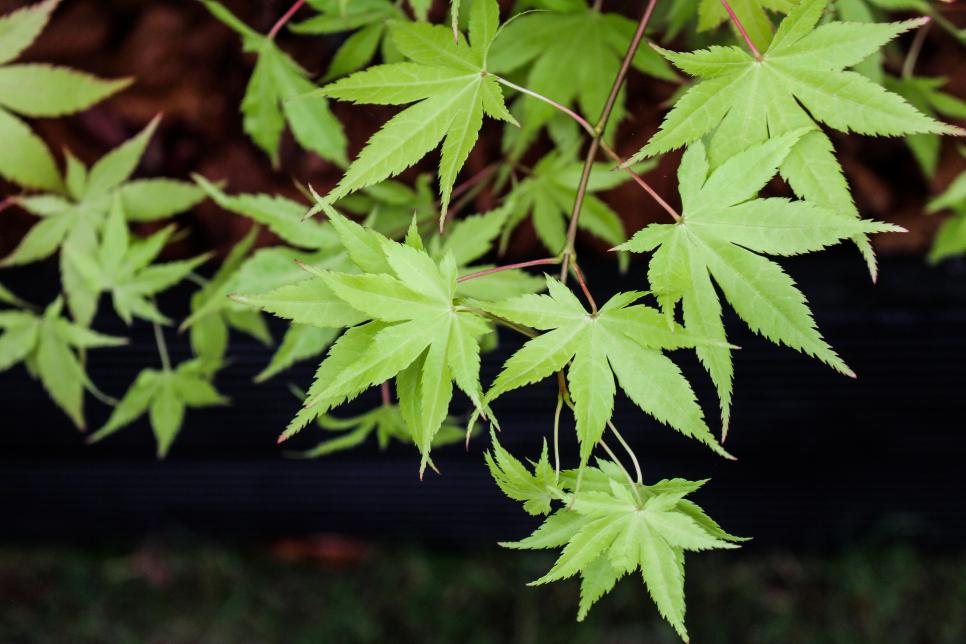



Japanese Maple Photos Hgtv



Black Gold Japanese Maples For Southeastern Gardens Black Gold




Japanese Maple Leaves By Jacky Parker Photography
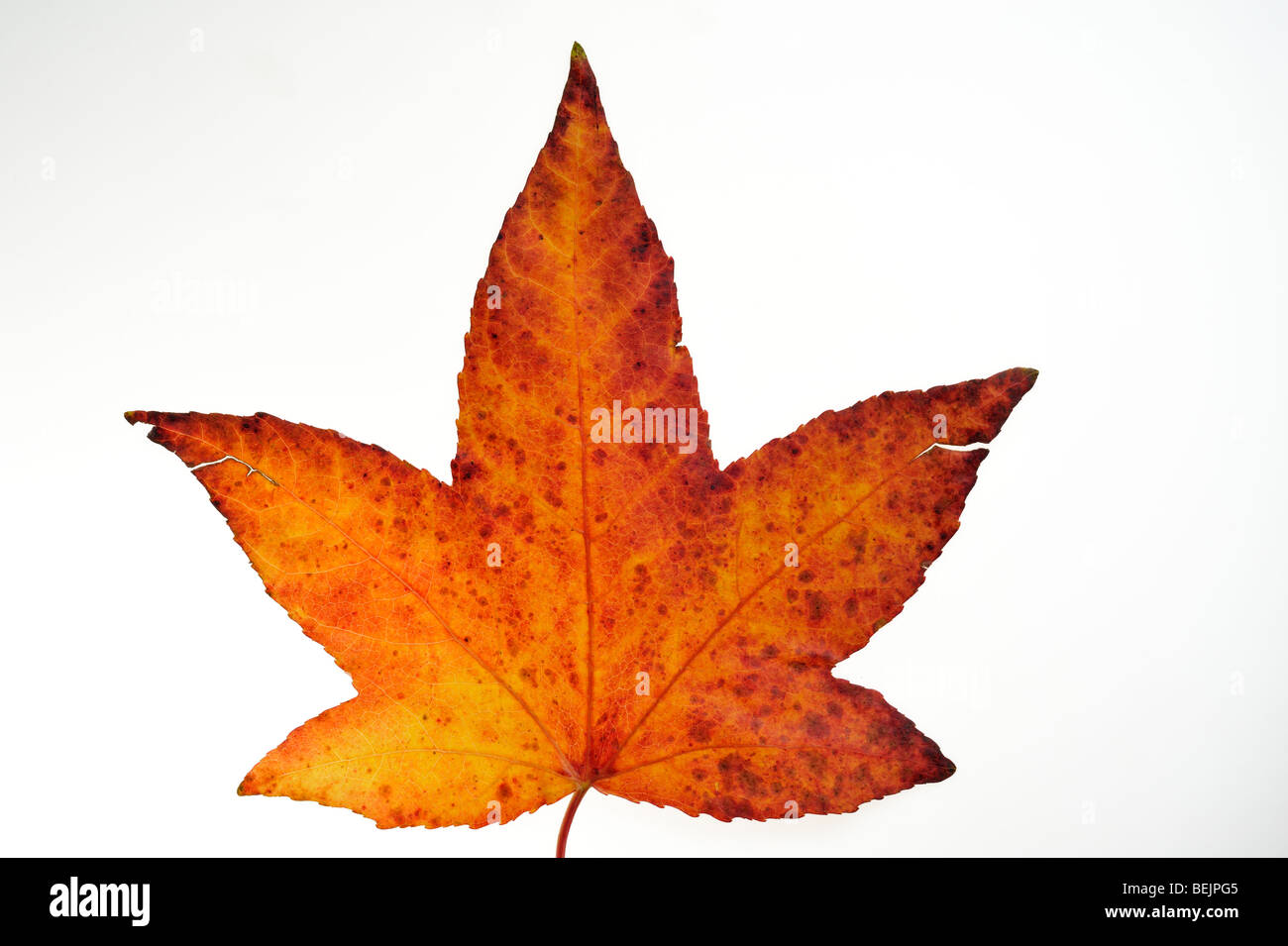



Japanese Maple Leaf High Resolution Stock Photography And Images Alamy




Japanese Maple Trees Types Leaves Pictures Identification




Artificial Japanese Maple Leaf Spray Autumn Decorations Shelf Edge Uk




Artificial Japanese Maple Tree Burgundy 5ft Indoor Artificial Tree By Olore Home 94 99 Inspirations Wholesale



Japanese Maple Leaves Icons Vector Art At Vecteezy



Japanese Maples Do Sunburn Hort Coco Uc Master Gardener Program Of Contra Costa Anr Blogs




Japanese Maple Summer Gold Youtube




0 Free Japanese Maple Maple Images




Japanese Maple Acer Growing Guide Squire S Garden Centres
/Harriet-Waldman-tricolored-big-56a5881a5f9b58b7d0dd4585.jpg)



The Cause Of Brown Leaves On Japanese Maple Trees




Japanese Red Maple Tree On The Tree Guide At Arborday Org




Japanese Maple Tree Care Lovetoknow




Japanese Maple Sapling Trees For Sale Uk Grown Ashridge Nurseries




Acer Palmatum Japanese Maple Tree Mail Order Trees




10 2 Japanese Maple Photos And Premium High Res Pictures Getty Images




Emperor Japanese Maple Plantingtree
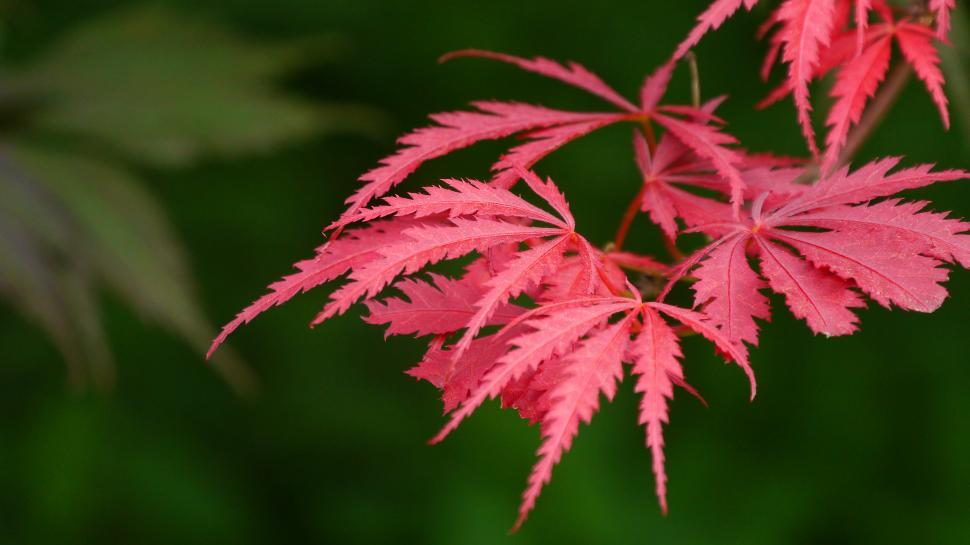



Free Stock Photo Of Red Japanese Maple Leaves Download Free Images And Free Illustrations




Acer Bloodgood Japanese Maple Tree Mail Order Trees



1




Red Leaf From Japanese Acer Maple Tree By Camille Wesser Maple Tree Tattoos Japanese Tattoo Maple Leaf Drawing




Acer Orange Dream Japanese Maple Gardenersdream




Japanese Maple Leaf Photograph By Michael Hine




How To Select The Right Japanese Maple




Red Japanese Maple Leafs Photograph By Chad Davis
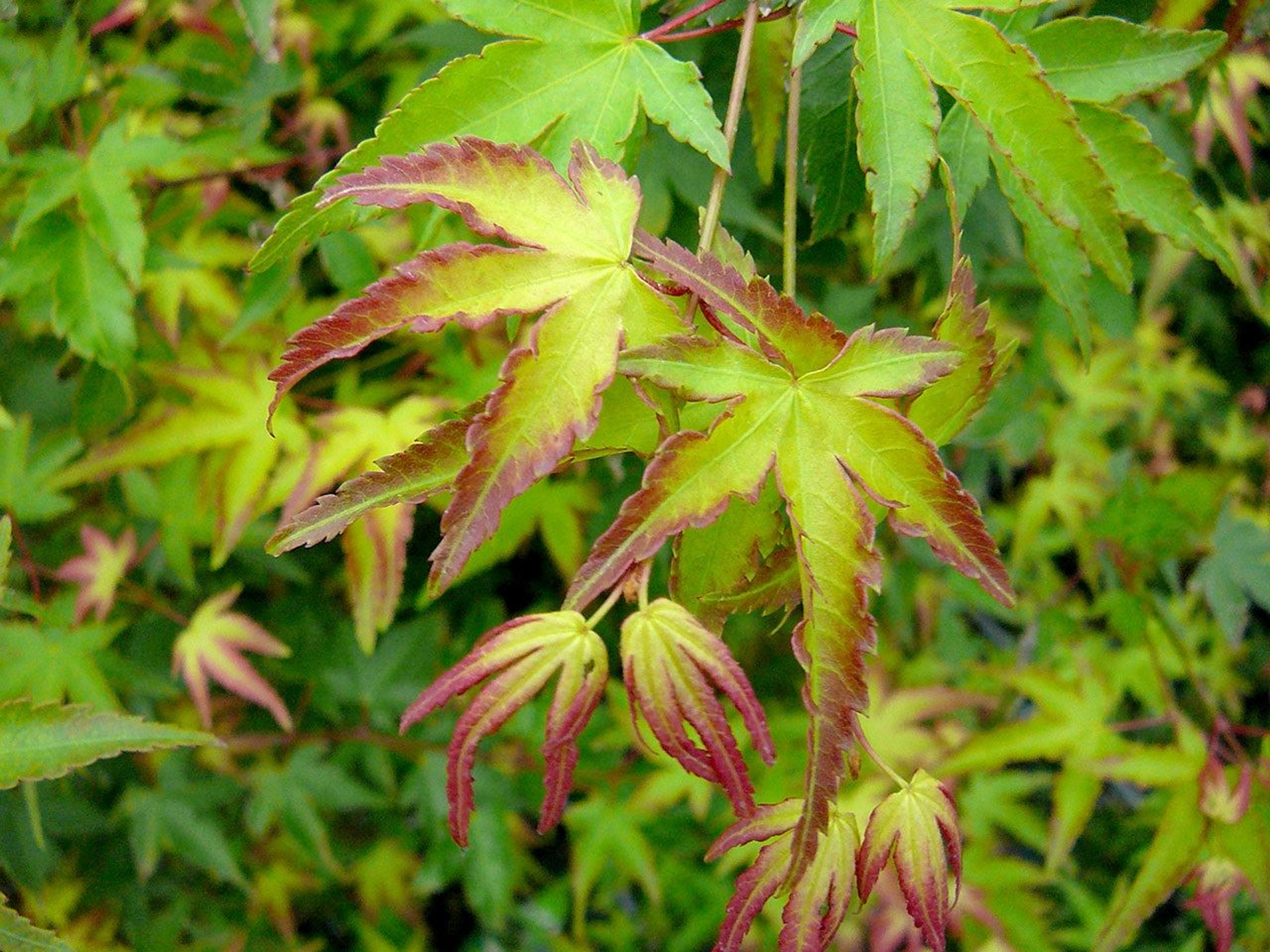



Acer Palmatum Little Princess Japanese Maple Tree 30cm Supplied In A 2 Litre Pot Direct Plants




Japanese Maple Acer Palmatum Phoenix Yougarden




Japanese Maple Acer Palmatum




Acer Atropurpureum Japanese Maple Mail Order Trees




Illustration Of Fallen Leaves Of Japanese Maple Stock Illustration Download Image Now Istock
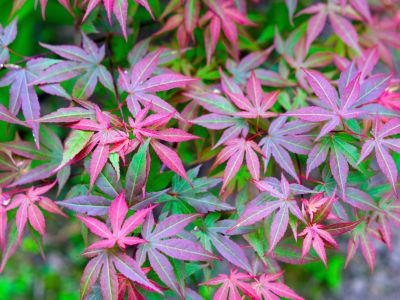



My Japanese Maple Leaves Have Spots Treating Leaf Spot On Japanese Maple Trees
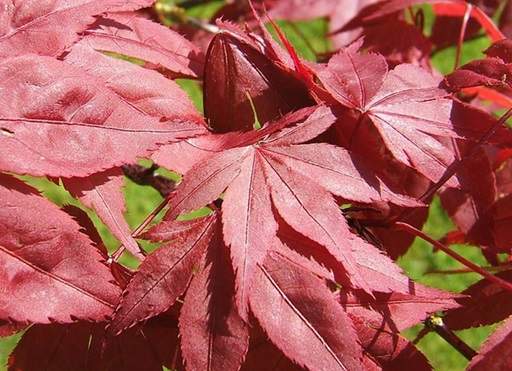



How To Plant Grow And Care For Japanese Maple Trees Jackson S Nurseries




Japanese Maple Leaf Images Stock Photos Vectors Shutterstock




Red Leaf Japanese Maples Mendocino Maples Nursery




Pixie Mendocino Maples Nursery




Acer Palmatum Wikipedia




Green Leaf Japanese Maple
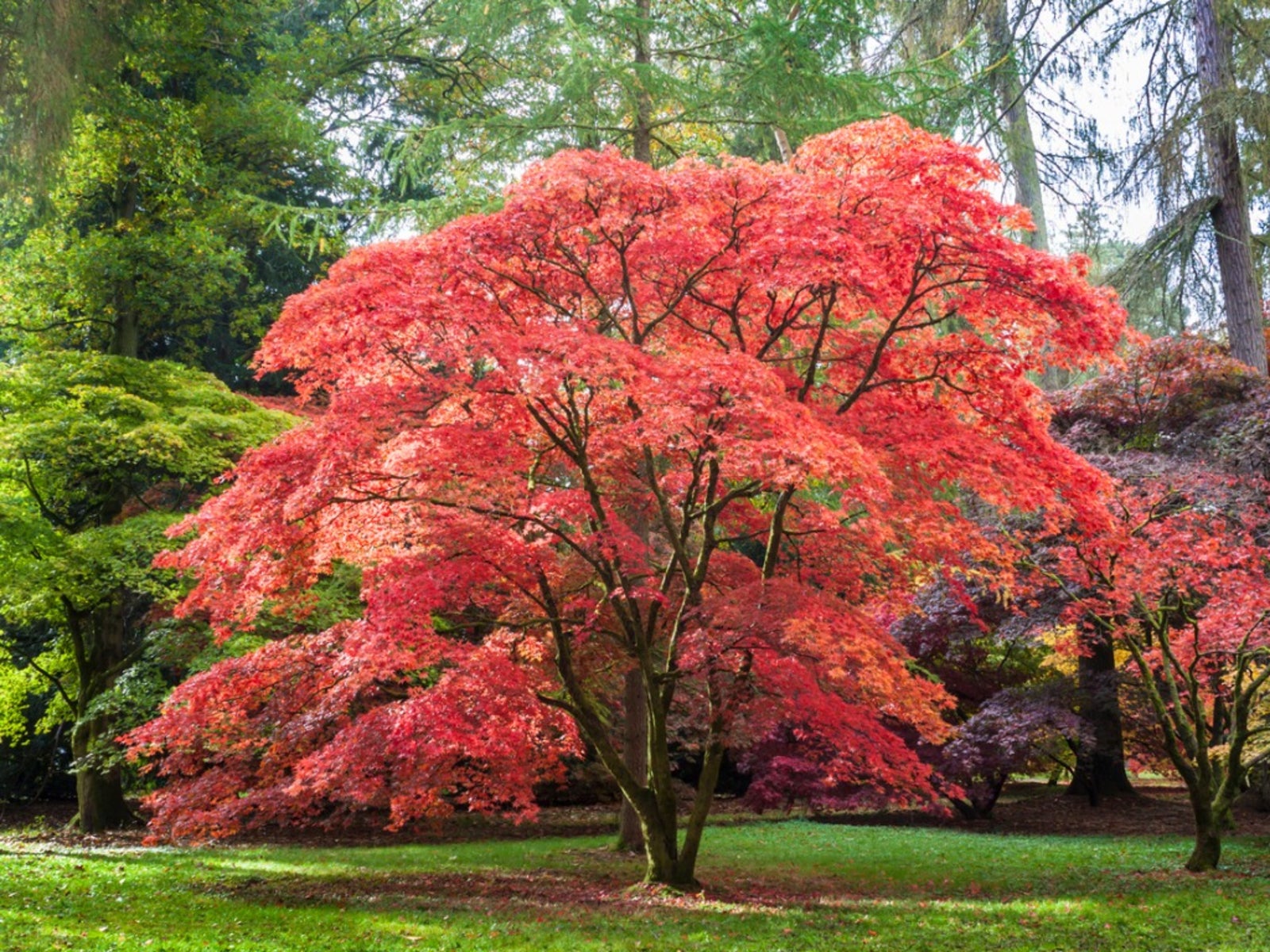



Planting A Japanese Maple Tree Tips On Growing And Caring For Japanese Maples




Refresh Your Japanese Maples Alden Lane Nursery




Dried Fall Japanese Maple Leaf By Jeff Wasserman




Japanese Maple Tree As Gifts Order Quality Japanese Maples




Japanese Maple Tree Topics




Japanese Maples Under 10 Feet A M Sunnyside Nursery




Buy Fireglow Japanese Maple Tree Free Shipping 1 Gallon Pot For Sale From Wilson Bros Gardens Online
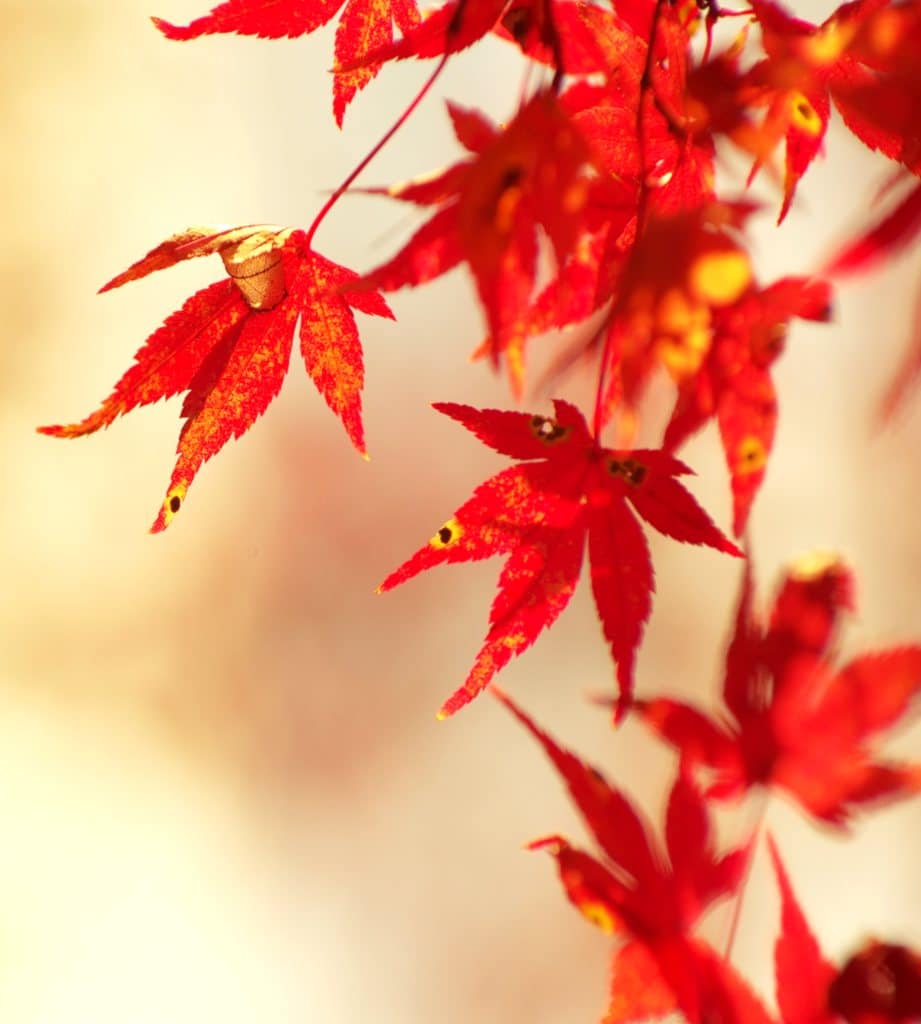



Japanese Maple Planting Pruning And Advice On Caring For It




Master Gardeners Growing Japanese Maple Trees
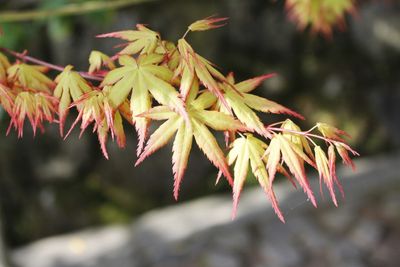



Tips Information About Japanese Maple Gardening Know How



Buy Acer Palmatum Orange Dream Japanese Maple In The Uk
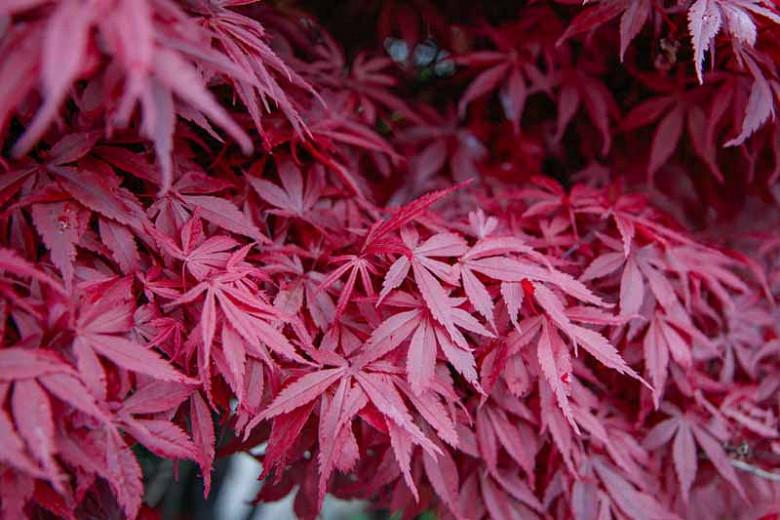



Acer Palmatum Atropurpureum Japanese Maple




Top 6 Japanese Maple Varieties Southern Living




Acer Palmatum Orange Dream Japanese Maple Tree 60cm Supplied In A 5 Litre Pot Direct Plants




18 Excellent Japanese Maples Better Homes Gardens
/cdn.vox-cdn.com/uploads/chorus_asset/file/21787972/AdobeStock_361262117.0.jpg)



Everything You Need To Know About Emperor Japanese Maple Trees This Old House




Japanese Maple Planting Pruning And Advice On Caring For It
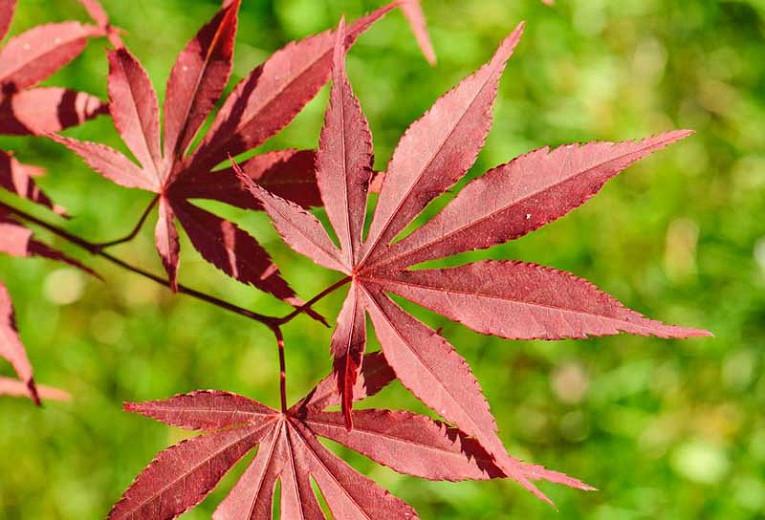



Acer Palmatum Atropurpureum Japanese Maple




Japanese Maple Plant Care How To Grow Acer Palmatum




Acer Palmatum Japanese Maple 1 000 Seeds 2 99 49 99 Heartwood Seeds
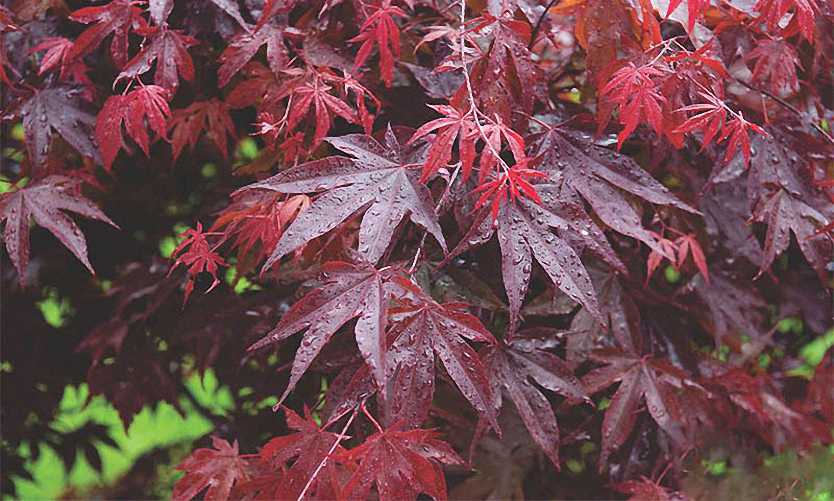



Acer Palmatum Bloodgood Japanese Maple Bloodgood Shrub Garden Plants Online




Japanese Maple Bloodgood Youtube




Japanese Maples Preventing Leaf Burn Los Angeles Times




Japanese Maple Acer Palmatum Extravaganza Yougarden




Bloodgood Japanese Maple Tree Naturehills Com
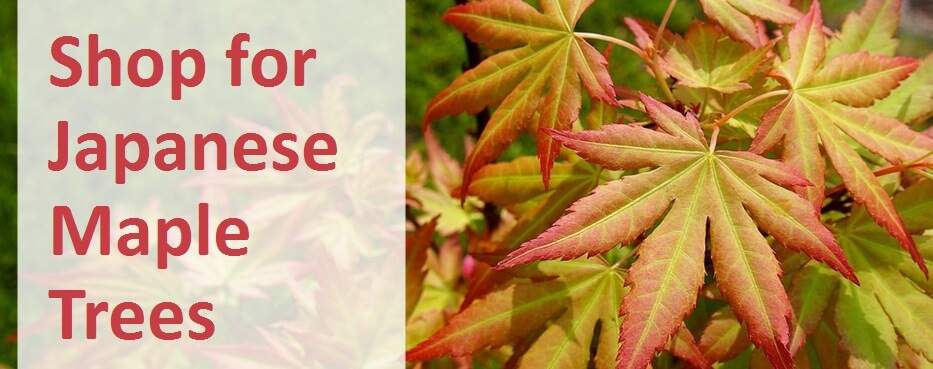



How To Plant Grow And Care For Japanese Maple Trees Jackson S Nurseries
/Japanese-maple-leaves-on-bright-backdrop-big-592f59e55f9b58595037cd95.jpg)



How To Protect Japanese Maple Trees From Winter Damage
:max_bytes(150000):strip_icc()/japanese-maple-growing-profile-3269337-11-68751732dc6f46ff9a4d3046039415f2.jpg)



How To Grow And Care For Japanese Maple



Japanese Maple
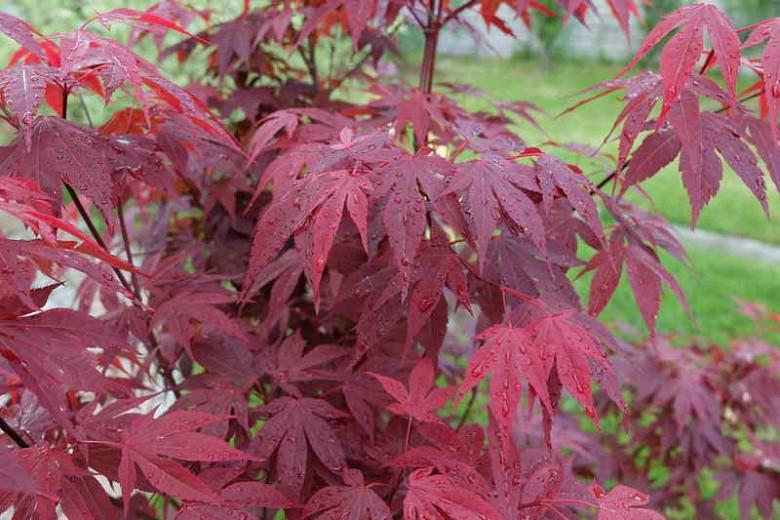



Acer Palmatum Emperor I Japanese Maple




Japanese Maple Leaf In Red Gray Black Spoonflower




Tree Spotlight Japanese Maple Canopy Canopy
コメント
コメントを投稿